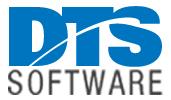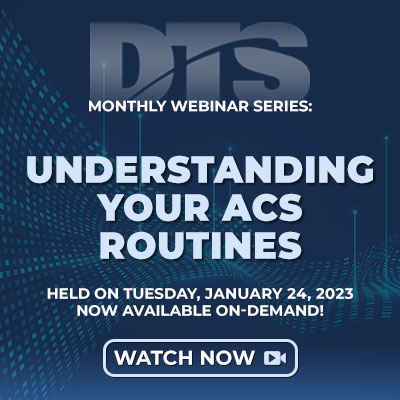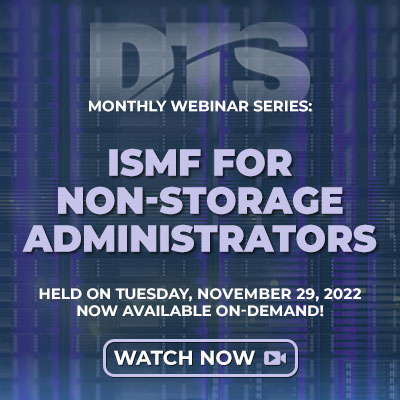DTS Software is Excited to Attend and Present at SHARE New Orleans 2023
SHARE New Orleans is just a few days away, and we are excited to be attending one of our favorite conferences again! SHARE continues to deliver fantastic opportunities for education, professional networking, and industry influence, and we know SHARE New Orleans 2023 will be no exception.
DTS is happy to exhibit again this year, and our CTO, Steve Pryor, along with mainframe system engineer, Jerry Spencer, will each be hosting a presentation at the conference.
Steve’s presentation titled, “Help! I’m Out of Space” will take place on Thursday, August 17th at 8 a.m. in Strand 12B. This session is perfect for mainframe professionals looking to learn more about the disk allocation process, causes, remedies and prevention of out-of-space errors, and how to quickly get information about disk space status.
Jerry’s presentation titled, “From Baffled to Amazed – My z/OSMF Journey” will take place on Thursday, August 17th at 9:15 a.m. in Strand 13A and is a continuation of the award-winning “z/OSMF Workflows for the Baffled Sysprog” session from SHARE Atlanta. Jerry shared a little about his session before traveling to New Orleans, “z/OSMF has many wonderful features as a part of its Workflow support. I was initially baffled by the entire Workflow process. However, after struggling through an initial workflow, I have been able to learn more about the functionality that z/OSMF provides. I will show how to create a Workflow that progresses from step to step automatically, a Workflow that has dependencies on the successful execution of other steps. I will also show how to assign steps to different users as well as how to call a workflow from another workflow.”
We appreciate the opportunity to spend time with our peers and clients during these events. The upcoming gathering in New Orleans promises to be a fun, engaging chance to connect with long-time colleagues and friends, and strengthen our commitment to fostering a thriving and knowledgeable mainframe industry.
At DTS, we are privileged to have a remarkable group of highly knowledgeable and experienced mainframe experts. Their expertise is unmatched in the industry, making them invaluable assets to our organization. With such a talented group, we are well-equipped to tackle any challenge and deliver exceptional results in the mainframe domain. We also recognize that it is in the best interest of our organization and of the industry as a whole to participate in the exchange of knowledge within our community. We do not believe in gatekeeping this experience because it is crucial for the next generation of mainframers to be welcomed into the field for the platform to thrive for years to come. Events such as our monthly educational webinar series and technical presentations at conferences like SHARE are just two of the ways DTS contributes.
We love meeting new faces at these events! Whether you are interested in hearing about the technical aspects of our storage management products or you simply want to chat with the DTS team on the exhibition room floor, we would love for you to stop by booth #325 and say hello. When you stop by, be sure to get your Passport to Prizes stamp and check out some of our other offerings, including an updated version on the DTS Software z/OS Pocket Reference Guide and a chance to win an additional prize. Stay tuned to our social media accounts as we will be posting from the show.
About Steve & Jerry:
DTS CTO Steve Pryor has 30+ years of experience in storage management, design, and support and is a mainstay at many of these industry events. Before joining our team in the early 2000s, Steve made many important contributions at several mainframe software vendors designing and implementing major products and components.
Jerry Spencer is also an industry veteran with over 40 years in software development and skills in IBM mainframe, Databases, IMB Db2, SaaS, and Unix. Before joining us at DTS, Jerry spent over 20 years as a lead product developer in the mainframe space.
To learn more about SHARE, visit them at www.share.org.



